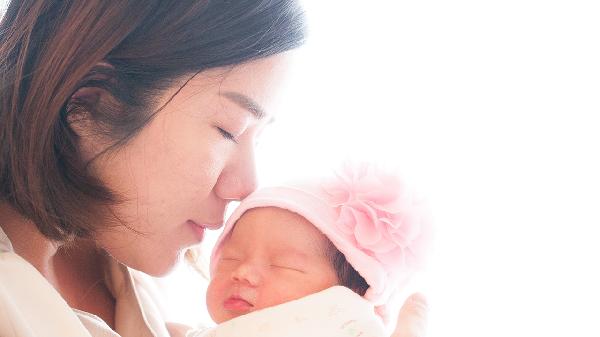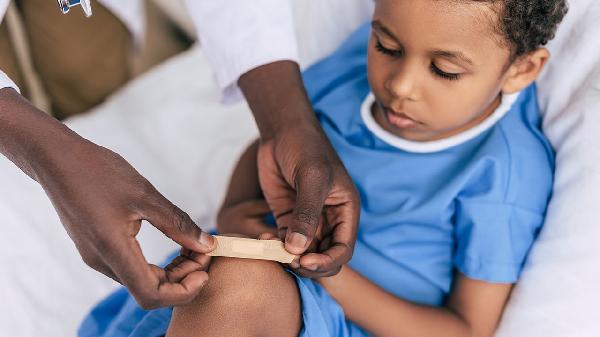Free-range parenting is making a comeback, offering a refreshing alternative to the overprotective "helicopter" approach that has dominated modern child-rearing. This style emphasizes giving kids the freedom to explore, make mistakes, and learn from their experiences—much like many of us did back in the '80s and '90s. But before you unleash your kids into the wild (or at least the neighborhood), it's important to understand what free-range parenting really means, its benefits, and the challenges that come with it.
The Roots of Free-Range Parenting
The term "free-range parenting" was popularized by Lenore Skenazy, a blogger who faced backlash after letting her 9-year-old ride the New York City subway alone. Her controversial decision sparked a national debate about how much independence kids should have—and whether modern parenting has become too stifling. But the philosophy itself isn’t new. Dr. Robert Keder, a pediatrician specializing in developmental behavior, points out that free-range parenting shares similarities with the laissez-faire approach of past generations, where kids roamed freely until the streetlights came on.
Unlike helicopter parenting, which involves constant supervision, or tiger parenting, which enforces strict discipline, free-range parenting leans into trust and autonomy. Psychotherapist Dr. Mayra Mendez explains that this style encourages kids to apply the skills they’ve learned—whether it’s crossing the street safely or managing small amounts of money—without a parent hovering nearby. However, she emphasizes that this approach isn’t for toddlers or preschoolers. "We’re talking about kids who are 8, 9, or 10 and capable of basic problem-solving," she says.
What Free-Range Parenting Looks Like in Practice
For older kids, free-range parenting might mean walking to a friend’s house alone, playing unsupervised at the park, or even running errands like picking up groceries. For younger children, it could involve letting them struggle with a puzzle instead of immediately stepping in to help. Dr. Keder adds that even feeding habits can reflect this philosophy—allowing babies to self-wean or letting older kids choose their meals (within reason).
The key is balance. Free-range parenting isn’t about neglect; it’s about calculated independence. Dr. Mendez notes that parents still set boundaries—like curfews or safety rules—but within those limits, kids have room to explore. "It’s not a free-for-all," she says. "It’s about giving them space to test their judgment while knowing they have a safety net."
The Benefits: Creativity, Resilience, and Problem-Solving
One of the biggest perks of free-range parenting is fostering creativity. When kids aren’t constantly directed, they learn to think outside the box. Dr. Mendez compares it to handing a child a toy without instructions: "They figure out their own way to play with it, which builds cognitive flexibility." Dr. Keder agrees, adding that this style helps kids develop emotional resilience. "They learn cause and effect naturally—forget sunscreen, get a sunburn; ride a bike recklessly, take a tumble."
Independence also nurtures responsibility. Kids who make small decisions early—like how to spend their allowance or when to come home—are often better prepared for bigger challenges later. Dr. Mendez points out that these children tend to be more self-reliant and less anxious because they’ve had practice navigating the world on their own terms.
The Challenges: Rules, Risks, and Neighborly Side-Eye
Of course, free-range parenting isn’t without its hurdles. Kids raised with high levels of autonomy might struggle with authority figures, Dr. Keder warns. "If they’re used to calling the shots, they may push back against teachers or other adults who set limits." There’s also the risk of overconfidence—without proper guidance, some kids might not recognize dangerous situations until it’s too late.
Then there’s the modern reality: Letting your kid play outside alone can attract unwanted attention. Dr. Mendez notes that well-meaning neighbors might call child services if they see an unsupervised child, a stark contrast to the hands-off culture of previous decades. "Parents today have to weigh freedom against societal expectations," she says. This tension makes it harder to strike the right balance between independence and safety.
Finding the Middle Ground
So how can parents embrace free-range principles without going overboard? Both experts stress gradual steps. Start with small freedoms—like letting your child walk to a nearby friend’s house—before expanding their boundaries. Open communication is also crucial. Dr. Mendez advises discussing potential risks (e.g., "What would you do if a stranger approached you?") to prepare kids without scaring them.
Dr. Keder suggests tailoring the approach to your child’s maturity level. "Some 10-year-olds are ready to handle more responsibility than others," he says. Parents should also stay attuned to their community’s norms—what’s acceptable in a small town might raise eyebrows in a big city.
Ultimately, free-range parenting isn’t about doing less; it’s about teaching more. By stepping back just enough, parents give kids the tools to grow into capable, confident adults—one unsupervised adventure at a time.
For those intrigued but hesitant, Dr. Mendez offers reassurance: "It’s okay to start slow. The goal isn’t perfection—it’s progress." After all, parenting, like childhood, is a journey best navigated with a mix of guidance, trust, and the occasional scraped knee.
























